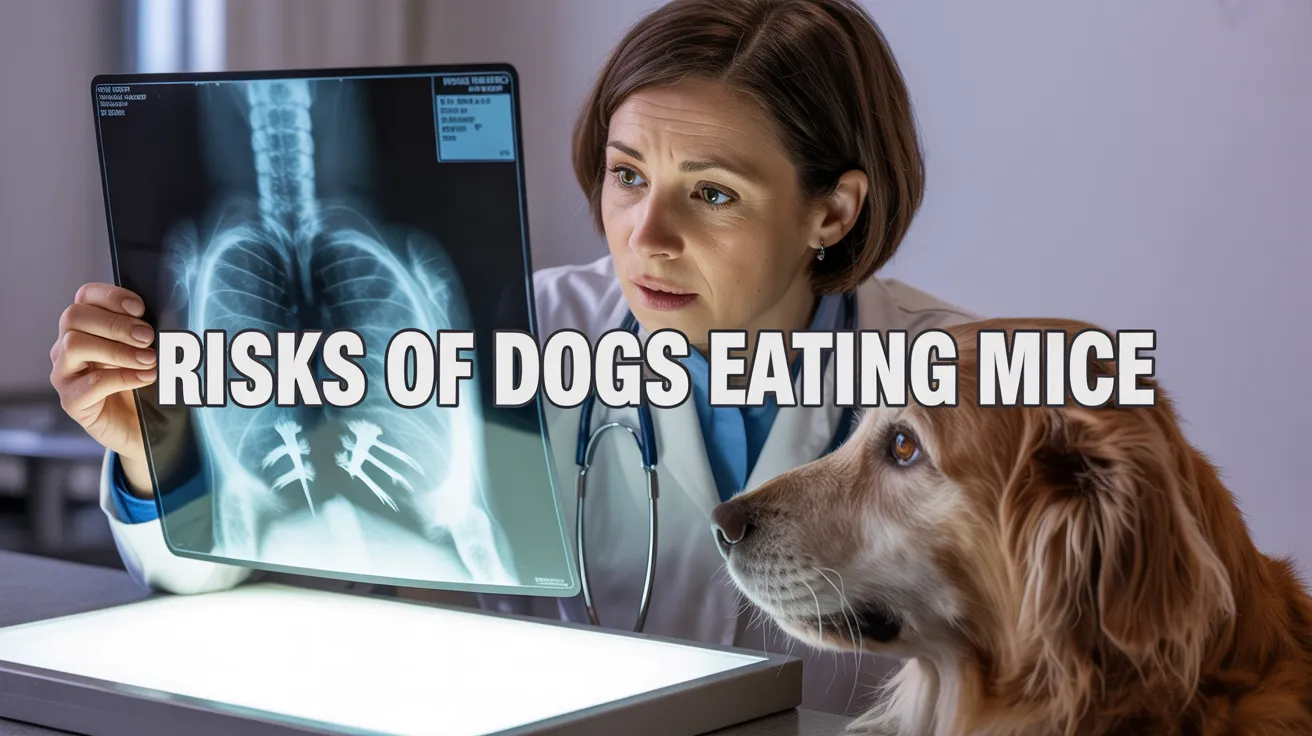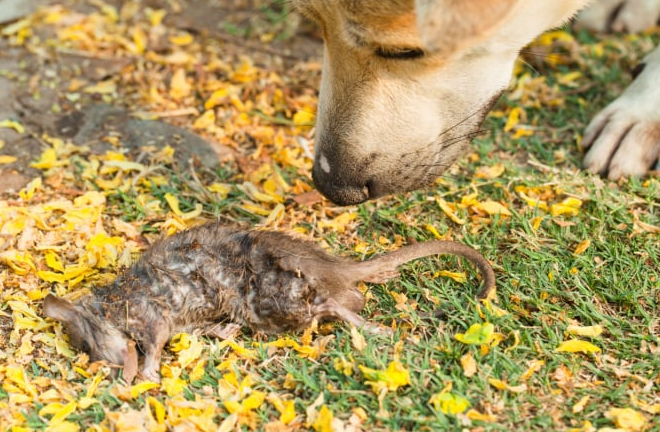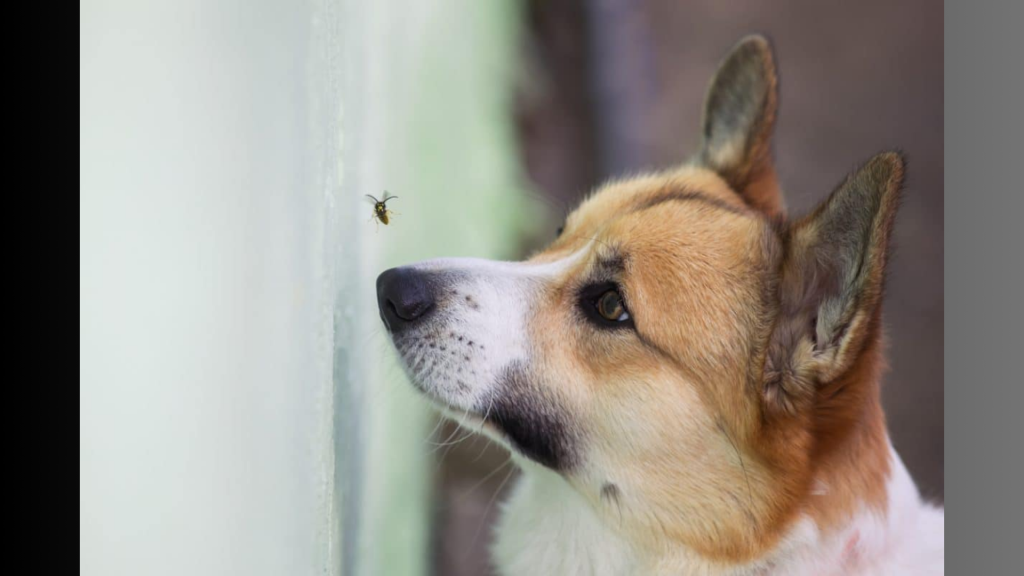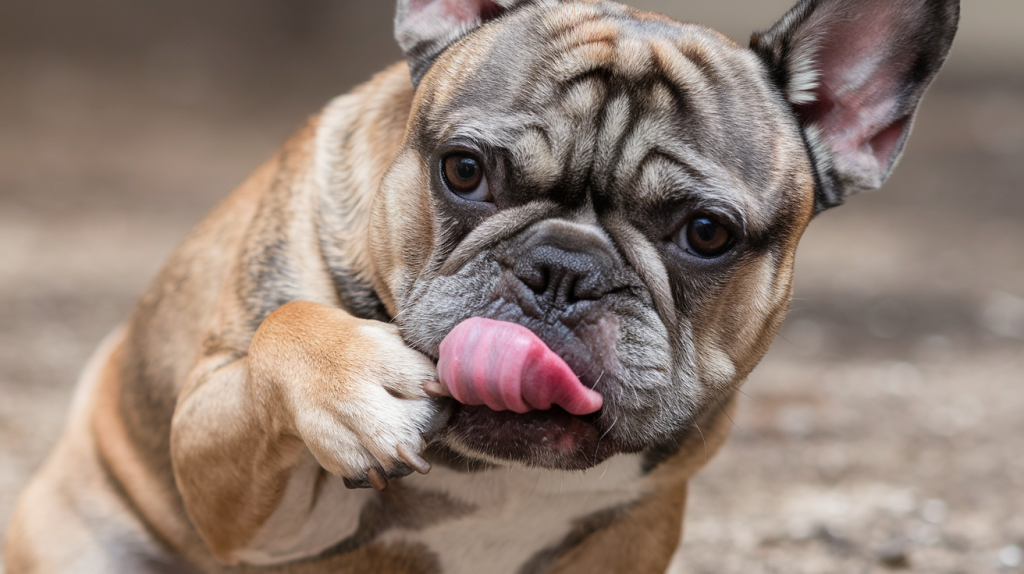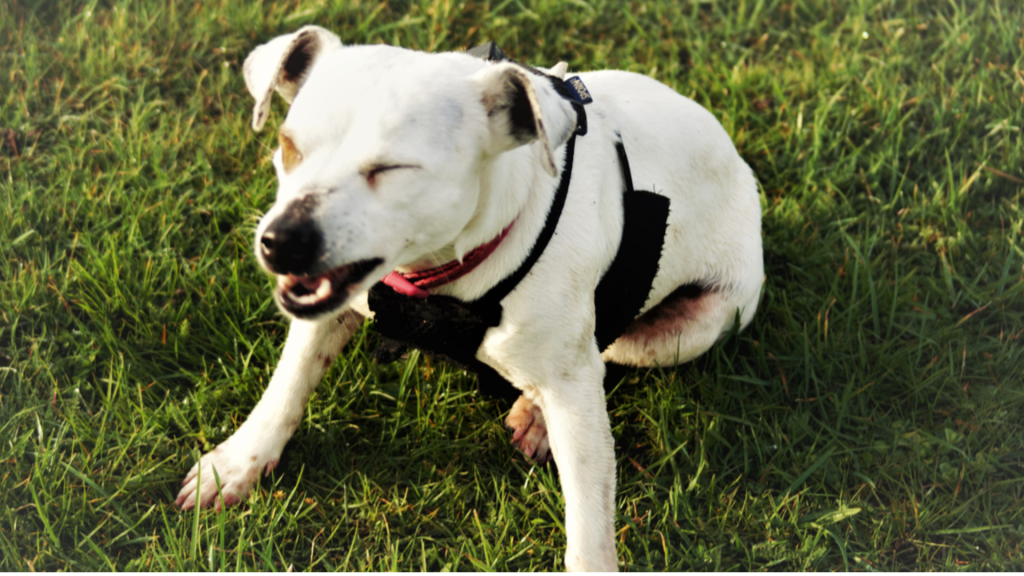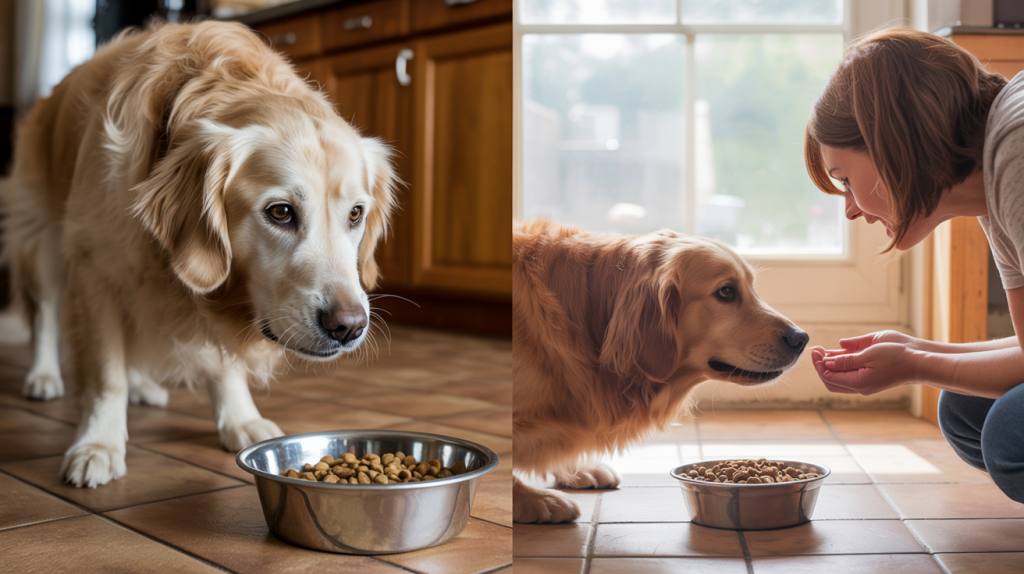Dogs have natural hunting instincts that kick in when they spot small prey. But the real question isn’t whether it’s normal behavior.
The critical issue is safety. This guide reveals the truth about dogs eating mice and what every pet owner needs to know. You’ll learn the real risks, warning signs to watch for, and exactly what to do when it happens to your dog.
Why Do Dogs Eat Mice, and is it Safe?
Dogs eat mice because of hunting instincts from their wolf ancestors. Fast-moving mice trigger dogs’ natural chase response. Once caught, eating is instinctive.
Some breeds like terriers have stronger hunting drives and catch mice more often. Dogs find out with their mouths, so they might eat caught mice out of curiosity.
Bored dogs hunt for mental stimulation and exercise. Dogs recognize mice as protein and food, even when well-fed. This behavior is completely normal. Your dog isn’t sick or mean.
They’re just being a dog and following natural instincts that helped their ancestors survive.
If your dog eats a healthy, non-poisoned mouse by accident and doesn’t show any symptoms, they might be fine. But it’s still smart to call your vet just in case.
It’s not safe for dogs to eat mice.The risks are too high. Even if they seem fine at first, problems can show up later. Always talk to a vet if your dog eats a mouse, especially if you don’t know where the mouse came from.
Risks of Dogs Eating Mice: Poison, Parasites, and Diseases
Eating mice can expose dogs to serious health risks like poison, parasites, and deadly diseases. Even a single mouse can lead to infections or life-threatening conditions if not treated quickly.
Poison Risks
- Dogs can ingest rodent poison secondhand by eating mice that have consumed bait.
- This can cause internal bleeding, neurological issues, or death, depending on the poison type.
- Symptoms may include weakness, vomiting, bleeding, or seizures.
Parasite Risks
- Wild mice often carry parasites like roundworms, tapeworms, and fleas.
- Eating infected mice can transmit these parasites to dogs.
- Dogs may experience digestive problems, weight loss, or more severe health issues.
Disease Risks
- Mice can carry harmful bacteria and viruses such as leptospirosis, salmonella, and toxoplasmosis.
- These diseases can lead to symptoms ranging from mild stomach upset to severe organ damage.
- Dogs may show signs like vomiting, diarrhea, lethargy, or fever.
Dogs eating mice are at risk of secondary poisoning from rodenticides, contracting parasites, and being exposed to infectious diseases.
If you suspect your dog has eaten a mouse, it is important to monitor for symptoms such as vomiting, diarrhea, lethargy, or unusual bleeding, and consult a veterinarian promptly.
Symptoms to Watch For After Your Dog Eats a Mouse
When your dog eats a mouse, monitor them closely for the following warning signs:
Immediate Symptoms (First 24 Hours)
Gastrointestinal distress is most common, including vomiting, diarrhea, loss of appetite, and abdominal pain. Your dog may also show signs of nausea, like excessive drooling or lip licking.
Serious Health Concerns
- Parasite transmission can occur, as mice carry intestinal worms, fleas, and ticks. Watch for changes in bowel movements, visible worms in stool, or excessive scratching.
- Bacterial infections from contaminated mice may cause fever, lethargy, dehydration, and severe digestive upset. Salmonella and other harmful bacteria are particular risks.
- Toxin exposure is possible if the mouse consumed rat poison. Symptoms include weakness, pale gums, difficulty breathing, seizures, or abnormal bleeding.
When to Contact Your Veterinarian
Seek immediate veterinary care if your dog shows severe vomiting, bloody diarrhea, difficulty breathing, seizures, extreme lethargy, or pale gums. Even mild symptoms warrant a vet consultation within 24-48 hours.
Prevention tip: Keep your dog on a leash during walks and maintain a clean yard to reduce mouse encounters. Regular deworming and parasite prevention are essential for dogs who hunt small prey.
Most dogs recover without complications, but prompt veterinary attention ensures the best outcome for your pet’s health.
What To Do If Your Dog Eats a Mouse: Step-by-Step Response
If your dog eats a mouse, it’s important to act quickly but calmly. This step-by-step process walks you through what to watch for, when to call the vet, and how to keep your pup safe.
Step 1: Stay Calm and Remove the Mouse
Don’t panic. Move your dog away from the area and safely dispose of any leftover mouse parts. Wash your hands and keep other pets away.
Step 2: Check for Signs of Poison
Look around the area to see if rodent poison is present. Mouse bait often looks like small green, blue, or pink pellets. If you spot any, let your vet know immediately.
Step 3: Call Your Veterinarian Right Away
Even if your dog seems fine, call your vet as soon as possible. Some health problems, like poisoning, can take hours or days to show symptoms. Give the vet as much information as you can.
Step 4: Do Not Induce Vomiting Unless Instructed
Never try to make your dog vomit unless your vet specifically tells you to. Doing it incorrectly could cause choking or make the situation worse.
Step 5: Watch Your Dog Closely for 24–72 Hours
Keep an eye on your dog for signs like vomiting, diarrhea, weakness, shaking, or loss of appetite. Write down any changes and contact your vet if symptoms appear.
Step 6: Bring the Mouse, If Safe to Do So
If you still have the mouse and can safely store it, place it in a sealed bag and bring it to your vet. It might help them identify poison or disease.
How to Prevent Your Dog From Eating Mice Again
Imagine your dog is a detective, always sniffing around and looking for clues. Sometimes, those clues are tiny mice!
But eating mice can make your dog sick. Here’s how you can help your furry friend avoid this risky snack:
- Keep your house and yard clean so mice don’t want to visit.
- Store food (for both people and pets) in sealed containers so mice can’t find snacks.
- Take out the trash regularly and don’t leave food scraps around.
- Block holes and cracks in walls or doors where mice could sneak inside.
- Supervise your dog when outside, especially in places where mice might hide, like bushes or tall grass.
- If you have a mouse problem, use traps instead of poison, so your dog doesn’t eat a poisoned mouse by accident.
By following these steps, you’ll help your dog stay safe, healthy, and out of trouble!
Myth-Busting: The Truth About Dogs and Mice
Myth 1: Dogs Only Chase Mice, They Don’t Eat Them
Reality: While some dogs chase out of instinct, many will actually catch and eat mice, especially hunting breeds or curious pups.
Myth 2: Eating a Mouse Is Harmless for Dogs
Reality: Mice can carry parasites, bacteria, or poisons that are dangerous to dogs. Consuming one can lead to health issues like worms, leptospirosis, or rodenticide poisoning.
Myth 3: Only Outdoor Dogs Mess with Mice
Reality: Even indoor dogs can encounter mice in basements, attics, or near food storage areas and may try to catch them.
Myth 4: Dogs Are Immune to Mouse-Borne Illnesses
Reality: Dogs are not immune. They can get sick from bacteria like Salmonella or parasites like tapeworms found in or on mice.
Myth 5: If My Dog Ate a Mouse and Seems Fine, There’s No Need to Worry
Reality: Symptoms can take time to appear. Even if your dog looks normal, a vet check is wise to rule out internal issues or exposure to rodenticide.
The Bottom Line
Dogs eating mice isn’t safe, despite being natural behavior.
The risks are real: parasites, diseases, and deadly rat poison exposure. Smart prevention beats emergency vet visits every time.
Emergency situation? Call your vet immediately if your dog ate a mouse. Don’t wait for symptoms to appear. Your dog’s safety depends on your preparation and quick response.


